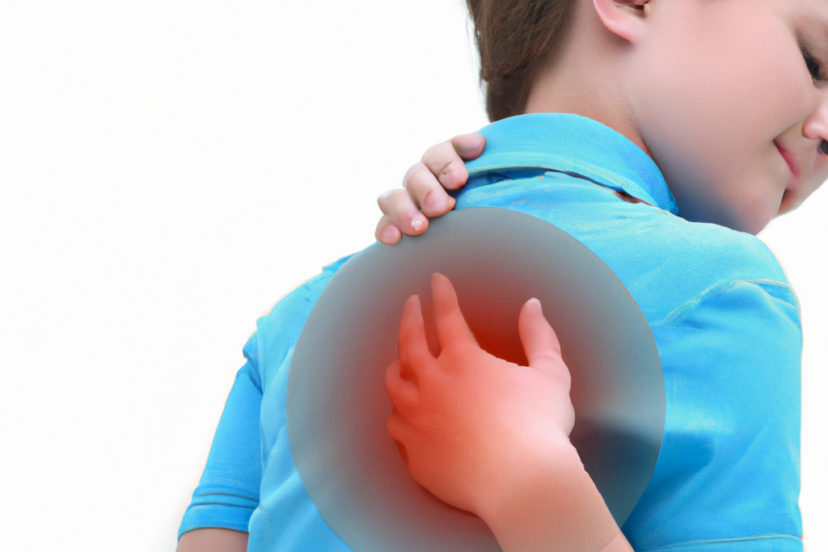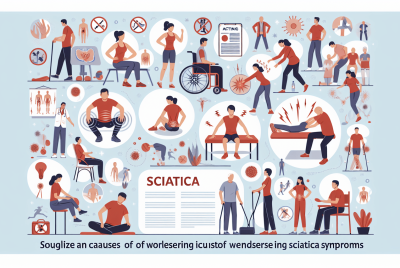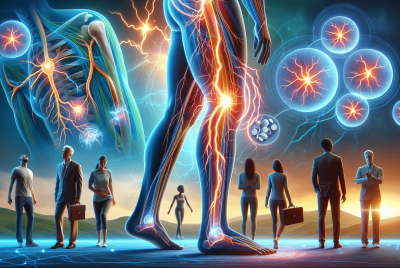Back Pain In Children And Teens: Recognizing The Warning Signs
Are you a parent or guardian concerned about your child or teenager’s back pain? In this informative article, we will discuss the warning signs that you should be aware of when it comes to back pain in children and teens. From changes in posture to difficulty walking or even participating in activities they used to enjoy, recognizing these warning signs can help you better understand and address the issue. So, let’s dive into the world of back pain in children and teens and learn how to identify the red flags together.
Causes of Back Pain
Back pain in children and teens can be caused by various factors. Muscle strain is a common cause, especially among young athletes who may overexert themselves during physical activities. Injuries, such as falls or accidents, can also lead to back pain. Poor posture, such as slouching or hunching over while sitting or standing, puts unnecessary stress on the spine and can contribute to back pain. Scoliosis, a condition characterized by an abnormal curvature of the spine, can also be a cause of back pain in some cases.
Signs and Symptoms
Recognizing the signs and symptoms of back pain in children and teens is crucial for early intervention and treatment. One of the main signs is persistent pain that lasts for several weeks or keeps coming back. If your child experiences limited mobility or has difficulty moving their back or bending forward, it may be a sign of back pain. Another common symptom is pain that worsens after physical activity, such as playing sports or exercising. Additionally, if your child complains of pain that wakes them up at night, it is important to take it seriously and seek medical advice.

Risk Factors
Understanding the risk factors associated with back pain can help parents and caregivers take preventive measures and minimize the occurrence of back pain in children and teens. Overweight or obesity can put additional stress on the spine, increasing the likelihood of experiencing back pain. Lack of physical activity is another risk factor, as a sedentary lifestyle weakens the muscles supporting the spine. Furthermore, stress, both physical and emotional, can contribute to back pain. If there is a family history of back problems, it increases the likelihood of a child experiencing similar issues.
Diagnosis
Diagnosing the cause of back pain in children and teens requires a thorough evaluation by a healthcare professional. The medical history of your child, including any previous injuries or medical conditions, is an essential factor in determining the cause of the pain. A physical examination may be performed to assess the flexibility and range of motion in the spine. Imaging tests such as X-rays, MRI, or CT scans may be ordered to get a detailed view of the spine and identify any abnormalities. Additionally, laboratory tests may be conducted to rule out any underlying medical conditions.

Treatment Options
There are several treatment options available for children and teens suffering from back pain. In cases of muscle strain or mild injuries, rest and applying ice to the affected area may help reduce pain and inflammation. Physical therapy is often recommended to strengthen the muscles supporting the spine and improve flexibility. Depending on the severity of the pain, medications such as nonsteroidal anti-inflammatory drugs (NSAIDs) or muscle relaxants may be prescribed. In some cases, bracing or casting may be necessary to support the spine and promote proper alignment.
Prevention
Taking preventive measures can help reduce the risk of back pain in children and teens. Maintaining a healthy weight is crucial, as excess weight places additional strain on the spine. Encouraging regular exercise and physical activity helps strengthen the muscles supporting the spine and maintains flexibility. Teaching and promoting proper posture, both while sitting and standing, can help reduce the risk of developing back pain. Additionally, ensuring that your child’s backpack is not excessively heavy and is worn correctly can also prevent unnecessary strain on the spine.
When to Seek Medical Help
While back pain in children and teens is often temporary and resolves with self-care, there are certain situations where medical attention is necessary. If your child experiences severe pain or swelling in the back, it is important to seek medical help promptly. The presence of fever or other signs of infection alongside back pain may indicate an underlying medical condition that requires immediate attention. Changes in bowel or bladder function, such as difficulty urinating or controlling bowel movements, should not be ignored as they may be signs of a more serious issue. Weakness or numbness in the legs can also indicate nerve involvement and should be evaluated by a healthcare professional.
Impact on Daily Life
Back pain can have a significant impact on a child’s daily life. It can make simple activities, such as walking, sitting, or getting dressed, more challenging and uncomfortable. The pain may also affect a child’s school performance, as sitting for extended periods or carrying heavy backpacks can exacerbate the pain. Furthermore, back pain can have emotional and social effects, leading to frustration, stress, and reduced participation in activities. It is important to address these impacts and provide support to help alleviate the physical and emotional burden of back pain.
Complications
If left untreated or unmanaged, back pain in children and teens can lead to various complications. Chronic pain, where the pain persists for an extended period, can significantly impact a child’s quality of life and overall well-being. Severe or prolonged back pain can also lead to spinal deformities, such as scoliosis, which may require further medical intervention. Additionally, experiencing back pain during childhood increases the risk of developing back problems or experiencing recurrent back pain in adulthood. Taking steps to address and manage back pain early on can help prevent these complications.
Supporting a Child with Back Pain
To support a child or teen experiencing back pain, open communication is vital. Encourage them to express their feelings and concerns about their pain, and listen attentively to their experiences. Educating them about the importance of good posture and providing reminders throughout the day can help reinforce proper body mechanics. Encouraging physical activity, within the limits advised by healthcare professionals, can help strengthen the muscles supporting the spine and promote healing. Offering emotional support and understanding can also assist in managing the emotional burden that comes with back pain and aid in their recovery process.




